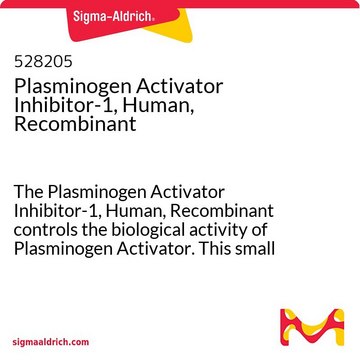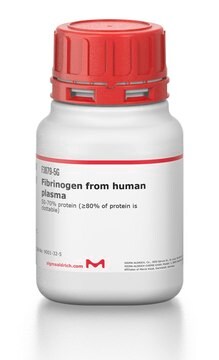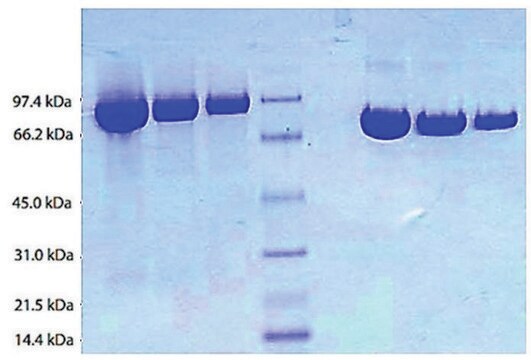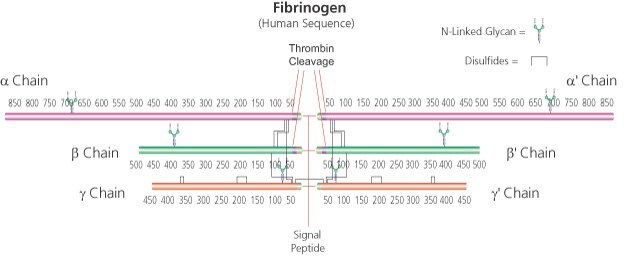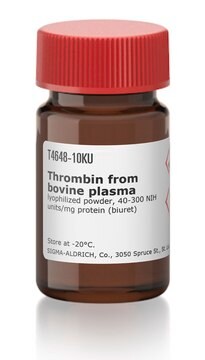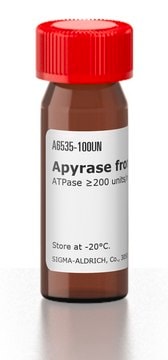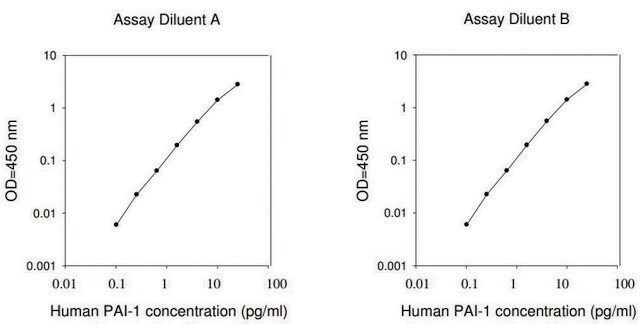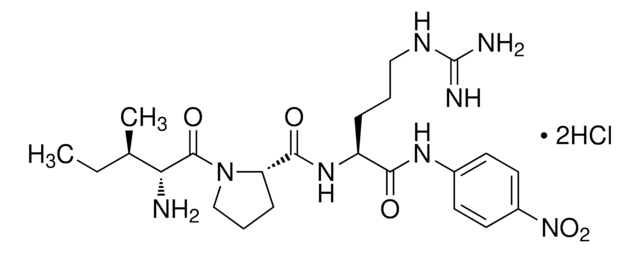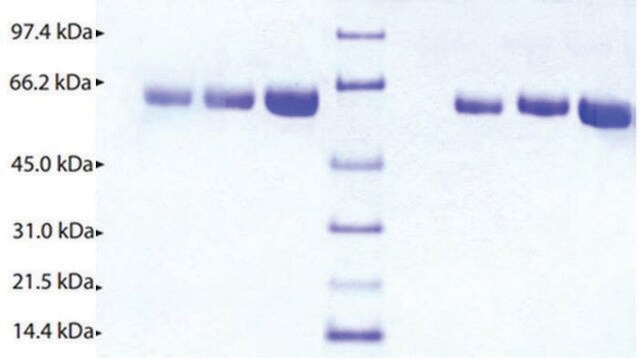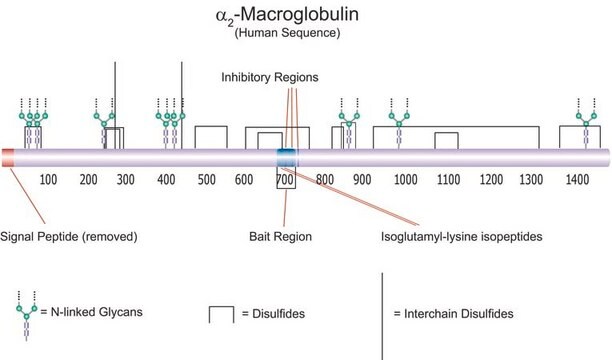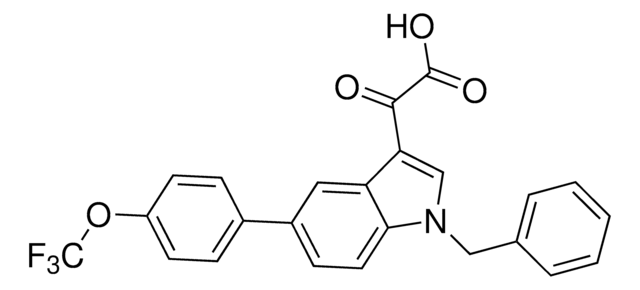A8111
Plasminogen activator inhibitor 1 (PAI-1)
≥200,000 units/mg protein, lyophilized powder, ≥90% (SDS-PAGE)
Synonym(s):
PAIE, PLANH1, Plasminogen activator inhibitor, β-migrating endothelial cell-derived type, Serpin E1 PAI-1, Serpine 1
About This Item
Recommended Products
Product Name
Plasminogen activator inhibitor 1 (PAI-1) human, recombinant, expressed in E. coli, ≥90% (SDS-PAGE)
recombinant
expressed in E. coli
Quality Level
Assay
≥90% (SDS-PAGE)
form
lyophilized powder
specific activity
≥200,000 units/mg protein
mol wt
~43 kDa
solubility
water: 0.1 mL, clear, colorless
UniProt accession no.
shipped in
dry ice
storage temp.
−20°C
Gene Information
human ... SERPINE1(5054)
Looking for similar products? Visit Product Comparison Guide
General description
Application
- as an inhibitor of pro-brain-derived neurotrophic factor (proBDNF) in radioimmunoprecipitation assay (RIPA) in peripheral blood and lymphocytes
- to block plasmin activation in mice infected with C. albicans hyphae
- to test its effect on neurite growth in neurons
Biochem/physiol Actions
Unit Definition
Physical form
Reconstitution
Analysis Note
Storage Class Code
10 - Combustible liquids
WGK
WGK 1
Flash Point(F)
Not applicable
Flash Point(C)
Not applicable
Choose from one of the most recent versions:
Already Own This Product?
Find documentation for the products that you have recently purchased in the Document Library.
Customers Also Viewed
Articles
Lipid Induced Insulin Resistance
Our team of scientists has experience in all areas of research including Life Science, Material Science, Chemical Synthesis, Chromatography, Analytical and many others.
Contact Technical Service


